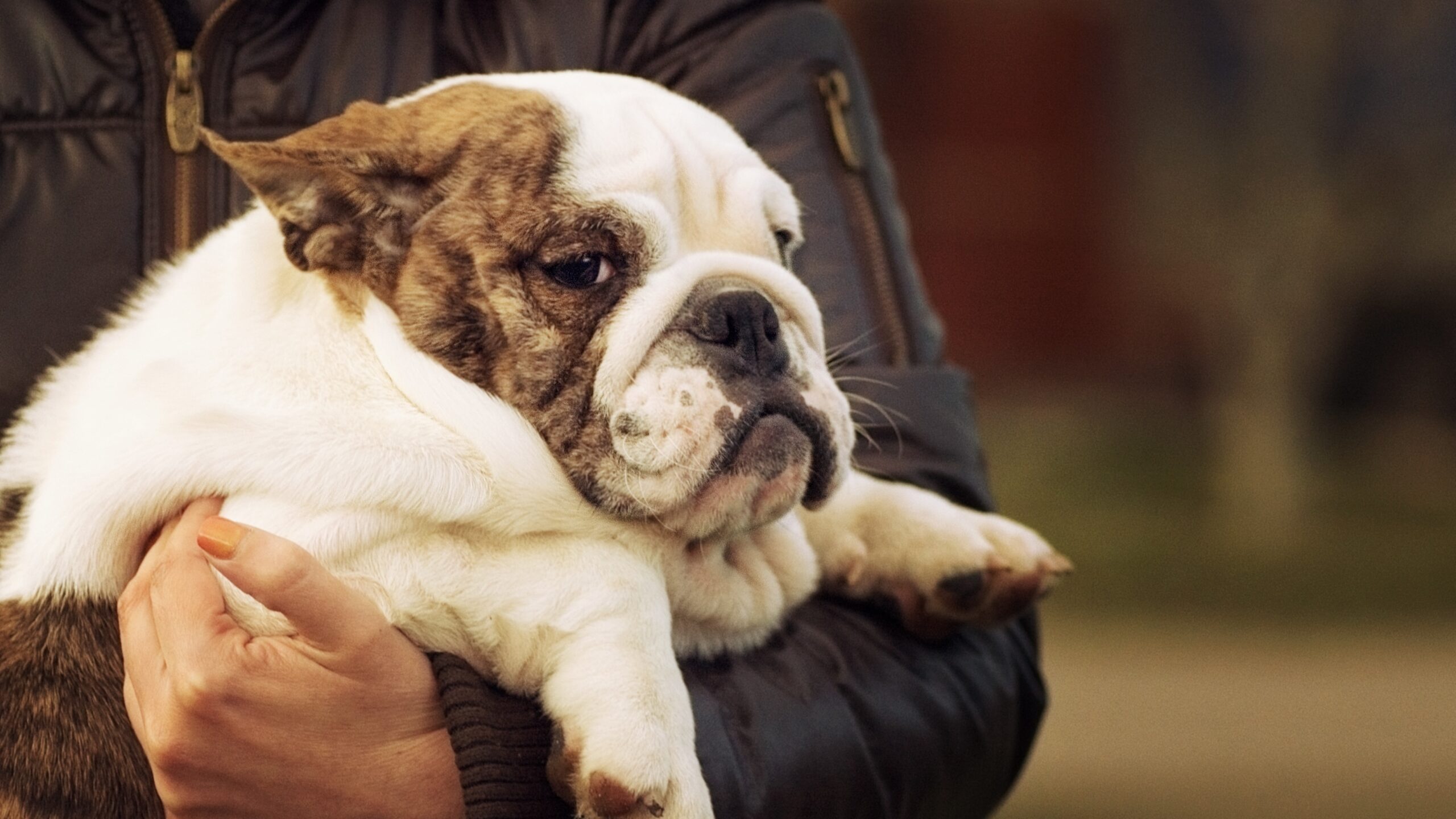
We’ve all done it. We’re at the dinner table and see our dog drooling patiently next to us. Before we know it, we’re sharing our food. According to the Association for Pet Obesity Prevention, this is a serious health threat. APOP announced in its most recent survey, which was published in 2019, “U.S. pet obesity rates remained relatively unchanged in 2018, with 55.8 percent of dogs classified as overweight or obese."
Hanna Mandelbaum, cofounder of Evermore Pet Food, has 13 years of experience working in pet nutrition and is certified as a professional dog trainer. She tells LittleThings, “Canine obesity is a growing problem and increases risk for diabetes, cardiovascular disease, kidney dysfunction, respiratory disorder, and arthritis.”
Sasha Armstrong, a dog behaviorist and founder and creator of the Canine State of Mind program, tells LittleThings, “Dogs who do not receive proper long-term nutrition can suffer stress/anxiety, mental health issues, and behavior problems. The saying, ‘You are what you eat,’ is very true. Everything is interconnected, and how you nourish your dog's physical body has a huge impact on how they behave. It is essential to consider your dog's overall health and home environment when attempting to decrease pet obesity. This way, you can start changing things for your dog from the inside.”
More from LittleThings: Couple Stunned When Goldendoodle Rescues Helpless Fawn Drowning In Their Lake
Senior dogs are particularly at risk for obesity, and owners can help combat this by focusing on boosting their fitness and muscle health.
Dr. Albert Ahn, veterinary adviser for MYOS Pet, shares with LittleThings, “There are about 40 million senior dogs in the United States (dogs over the age of 7), and with age often comes a decrease in muscle mass as a result of decreased exercise and physical activity. Sarcopenia, or age-induced atrophy, has been frequently overlooked. But it’s slowly coming to the forefront in veterinary medicine with the enhanced understanding that muscle health supports longevity. Side effects of muscle atrophy include joint pain, generalized weakness, and loss of vitality.”
Hanna Mandelbaum points out, “Weight can also creep up, because you see your dog every day — gradual changes are hard to notice. A dog’s life stage can also impact their weight. For example, when I was a dog walker, any time I had a puppy client, without fail they would start getting a bit thick when they hit around 1½ to 2 years old. They were mostly done growing, their metabolism a bit slower, but the owners would keep feeding them roughly the same amount. The same holds true with hitting middle age. With the exception of the rare picky dog, most dogs will eat what they are fed and still ask for more. That said, any sudden unexplained change in weight or appetite could indicate a medical issue and warrants a veterinary workup.”
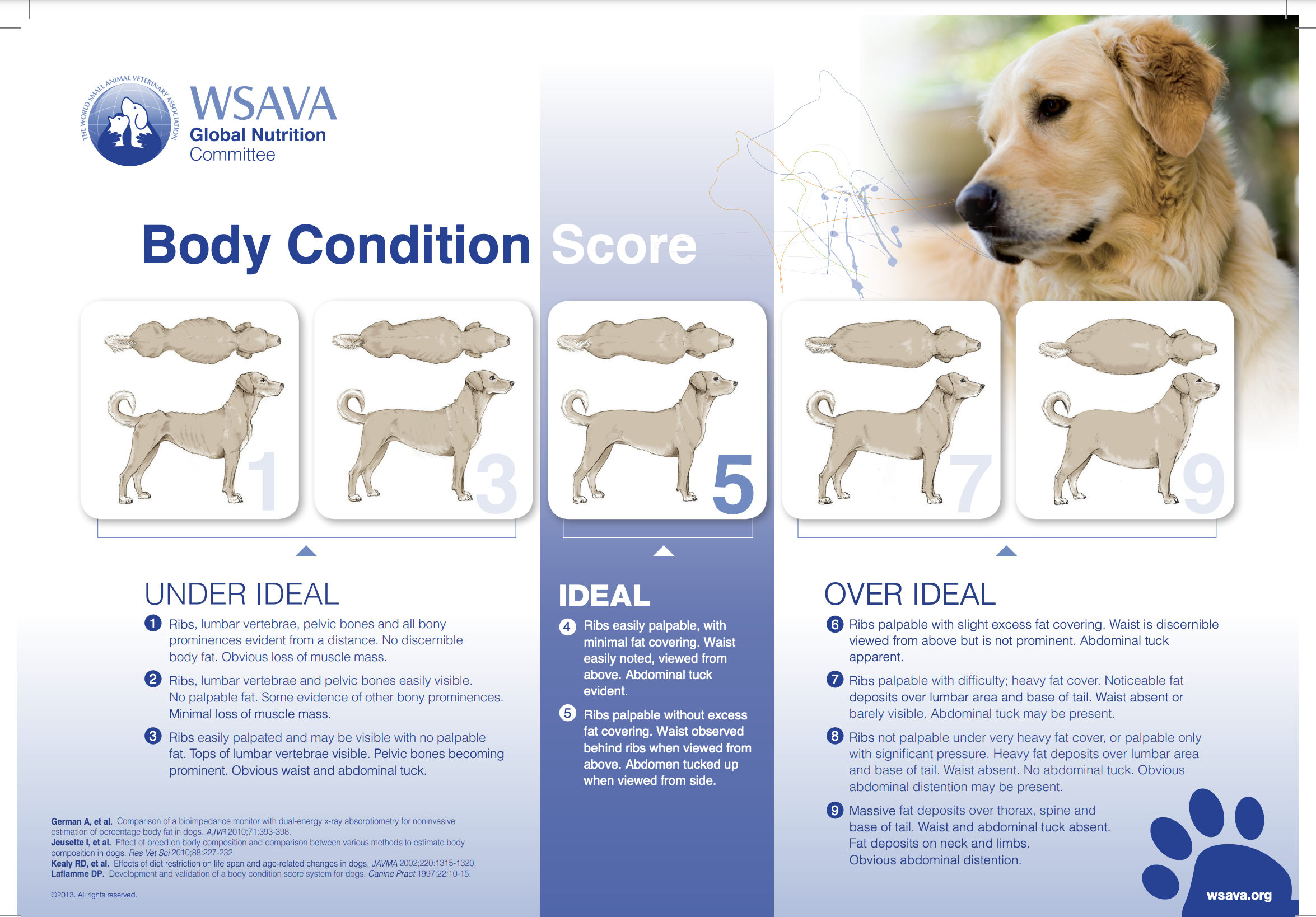
During annual wellness exams, your vet will tell you if your pet is overweight. But if you are wondering now, Mandelbaum says, “Just like with humans, muscle is heavier than fat on a dog, and body condition is more important than the number on the scale. It can be a little easier to show than to tell, so I always suggest that every dog owner familiarize themselves with the body condition scoring chart. It’s a very easy reference to find online, and most represent a scale from 1 to 9, with 1 being emaciated, 5 being the ideal, and 9 as super chonk. On short-haired dogs, it is very easy to visually assess a dog’s body condition. Even though dogs come in all shapes and sizes, whether you have a French bulldog or a greyhound, at an optimal weight they will share certain key attributes. If you have a long-haired or super-fluffy dog, you may have to go by feel.”
Here are tips to help your dog combat obesity and boost their muscle health:
Make exercise a priority, and make it interesting.
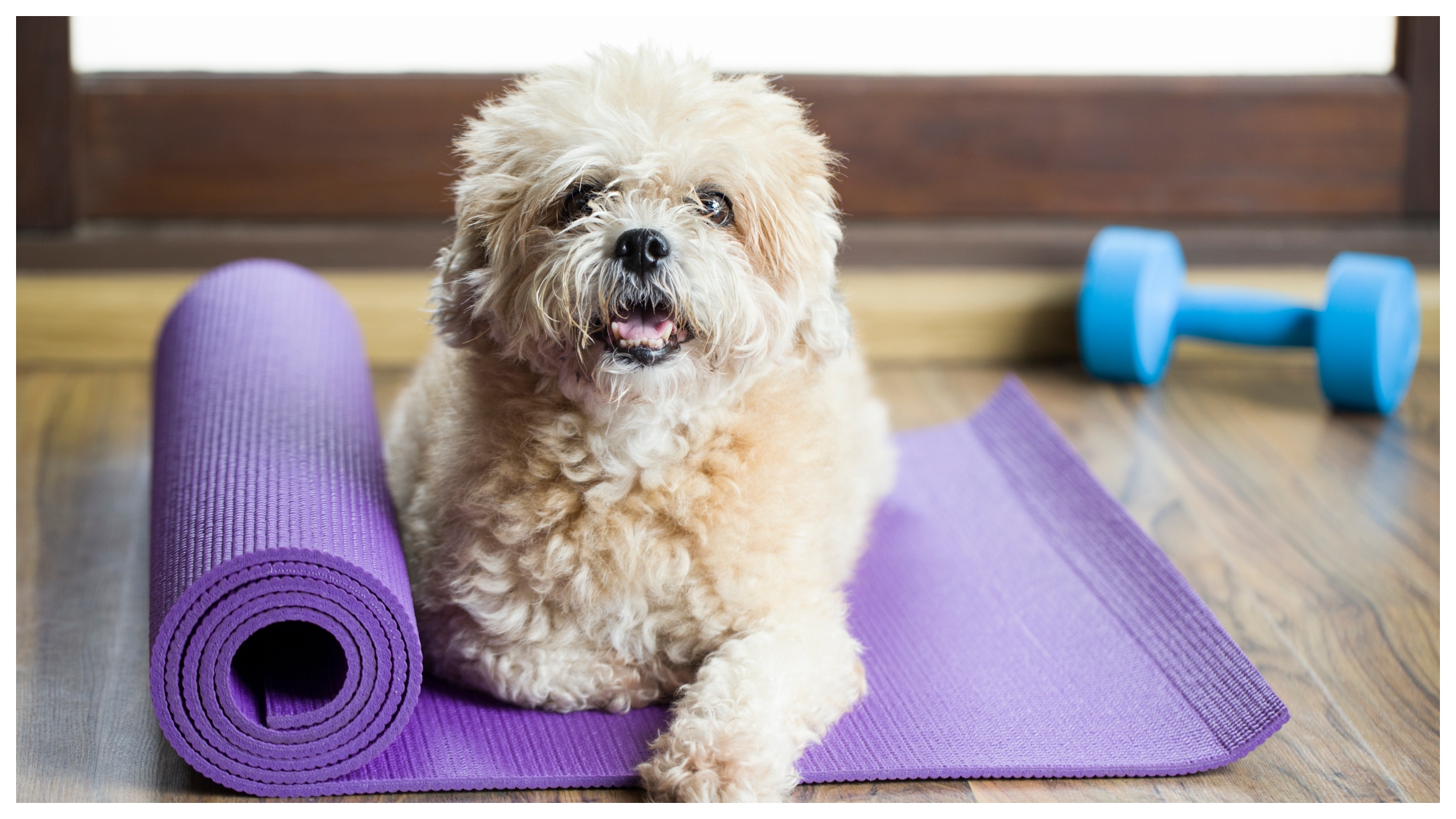
“Just like humans, exercise helps dogs build and maintain healthy muscles. It can be challenging for dogs struggling with muscle loss to remain fully active, but exercise that’s not overly strenuous can help maintain strong muscles in the long run,” says Dr. Ahn. “Low-impact activities, like walking or swimming, can build muscle without causing any additional strain. Also, just keeping them physically engaged is helpful to their overall health. Ideas to help promote increased physical activity and exercise can include hiding their favorite toy around the house so they search for it, playing tug-of-war, or bouncing a ball so they can chase after it. The key is to engage and keep them moving and exercising. Also, fresh air and sunshine are really great stress reducers for dogs, so consider getting them outside as much as possible.”
Focus on nutrition and implement a healthy diet.
“Implement a well-balanced diet chosen for your dog’s specific weight requirements,” notes Dr. Ahn. “To prevent weight gain and the stress it puts on the body, set up a goal-specific diet. And, since protein helps maintain existing muscle mass, ensuring that it is protein-rich is key, unless otherwise advised by a veterinarian.”
Keep an eye on weight gain.
Mandelbaum gives a few pointers to look for to determine if your pet is obese, saying, “Your dog should have a visible waistline between the rib cage and hips. Sometimes it’s easiest to assess this from above. Look for an ‘abdominal tuck.’ This means that viewed from the side, your dog's stomach should scoop up between the rib cage and groin. Also check for palpable ribs. You should be able to feel your dog’s ribs without a lot of jiggle on top. If you can see your pup's individual ribs or feel them super well-articulated with no flesh over them, they are underweight. Likewise, if you can see protruding spine or hip bones, your dog is underweight.”
Consider supplementation as needed.
Dr. Ahn suggests, “When it comes to your dog’s health, consider all-natural, muscle-supporting supplements that have been clinically proven to increase muscle mass, reduce the risk of muscle atrophy, boost joint health, reduce inflammation, and help keep the joints maintain better range of motion.” Consult your veterinarian for your options.
Make rest and recovery a priority.
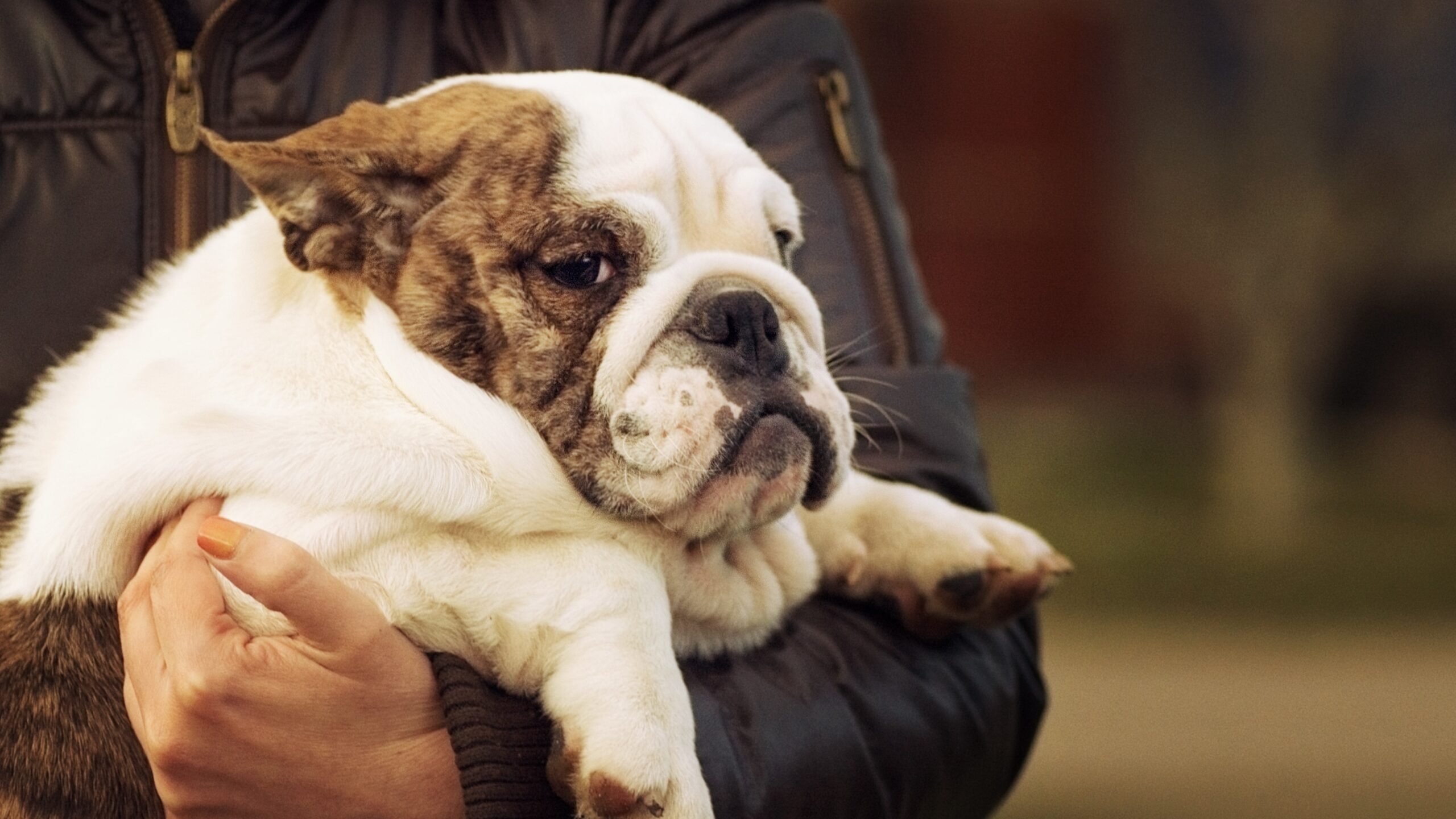
“Make sure your senior dog gets plenty of rest and recovery time from all the exercise throughout the day,” instructs Dr. Ahn. “Sleep is essential in maintaining overall muscle health, and lack of sleep can exacerbate inflammatory conditions such as arthritis.”
Serve healthy treats.
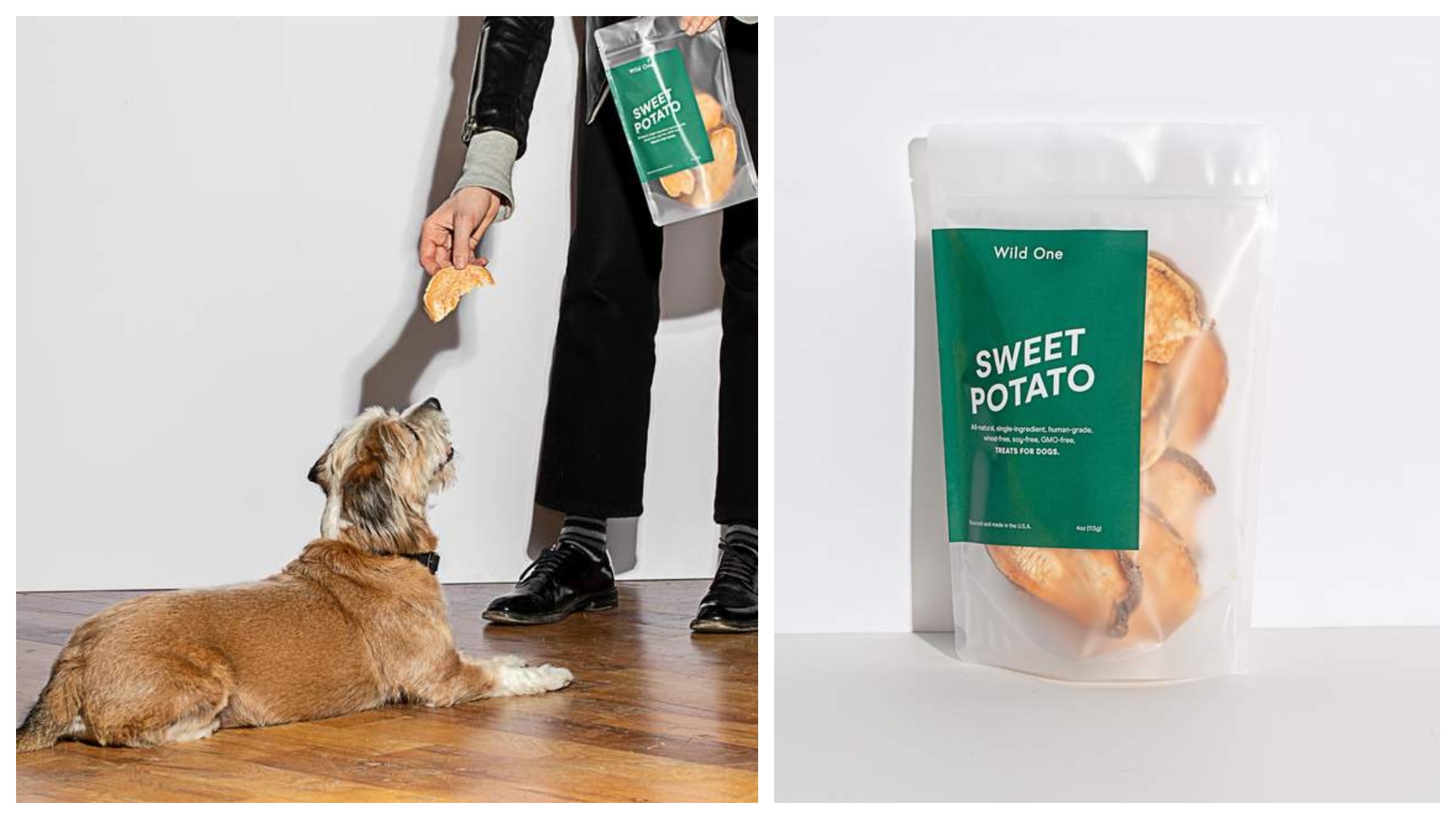
If you’re going to give your pet treats, Mandelbaum advises, “There are also a lot of healthy low-cost options that you may already have in your kitchen that you both can eat! Meat is likely to be the biggest hit. I recommend poaching and cubing chicken breast or steak and storing it in the fridge. Broccoli, blueberries, and apple slices are also great options. Nutrient-rich apples are high in antioxidants and contain quercetin, which may help reduce inflammation. Be sure to leave the skin on and remove any seeds. Carrots provide a satisfying crunch, and most dogs seem to enjoy the taste, but don’t be surprised if you see carrot bits in your pup’s stool!”




